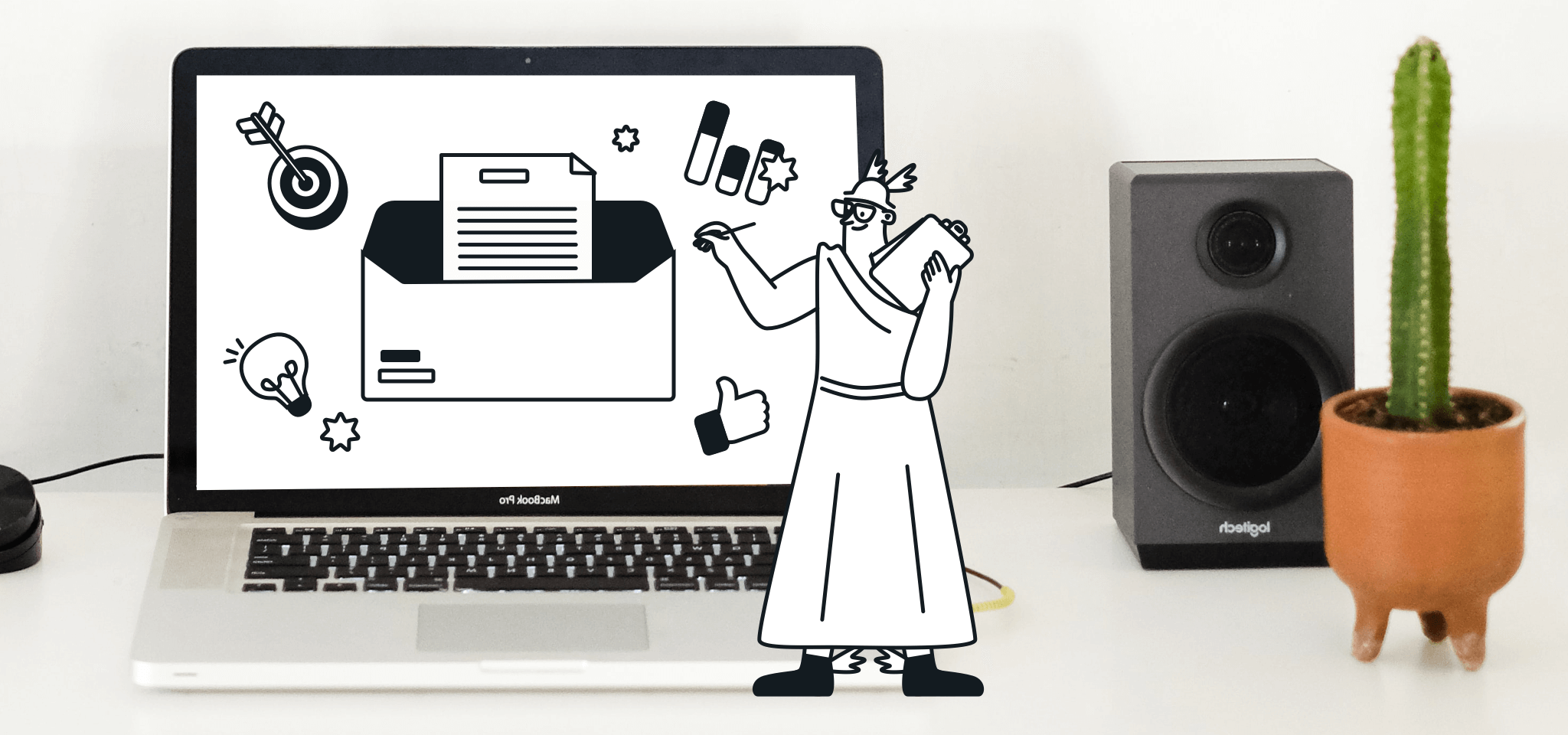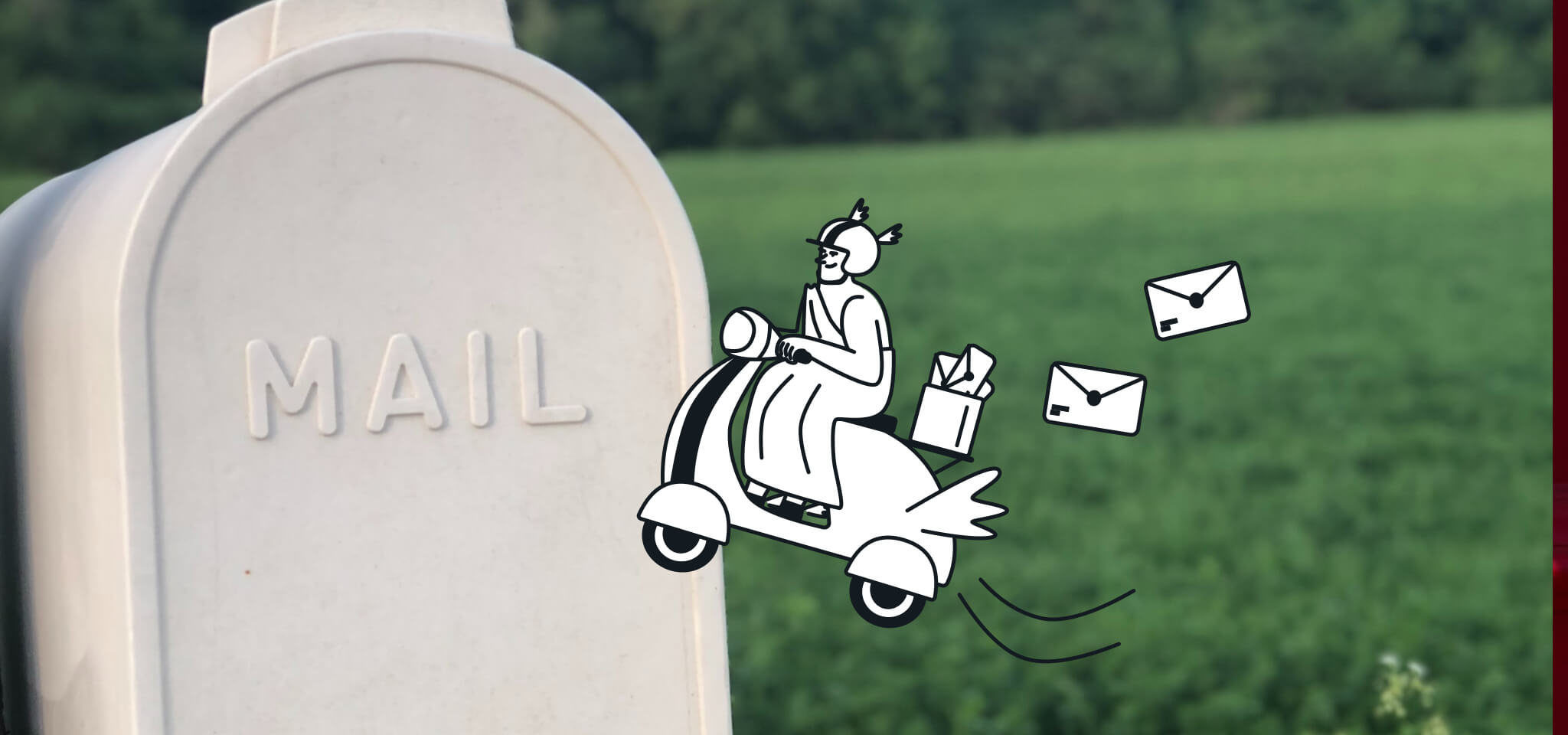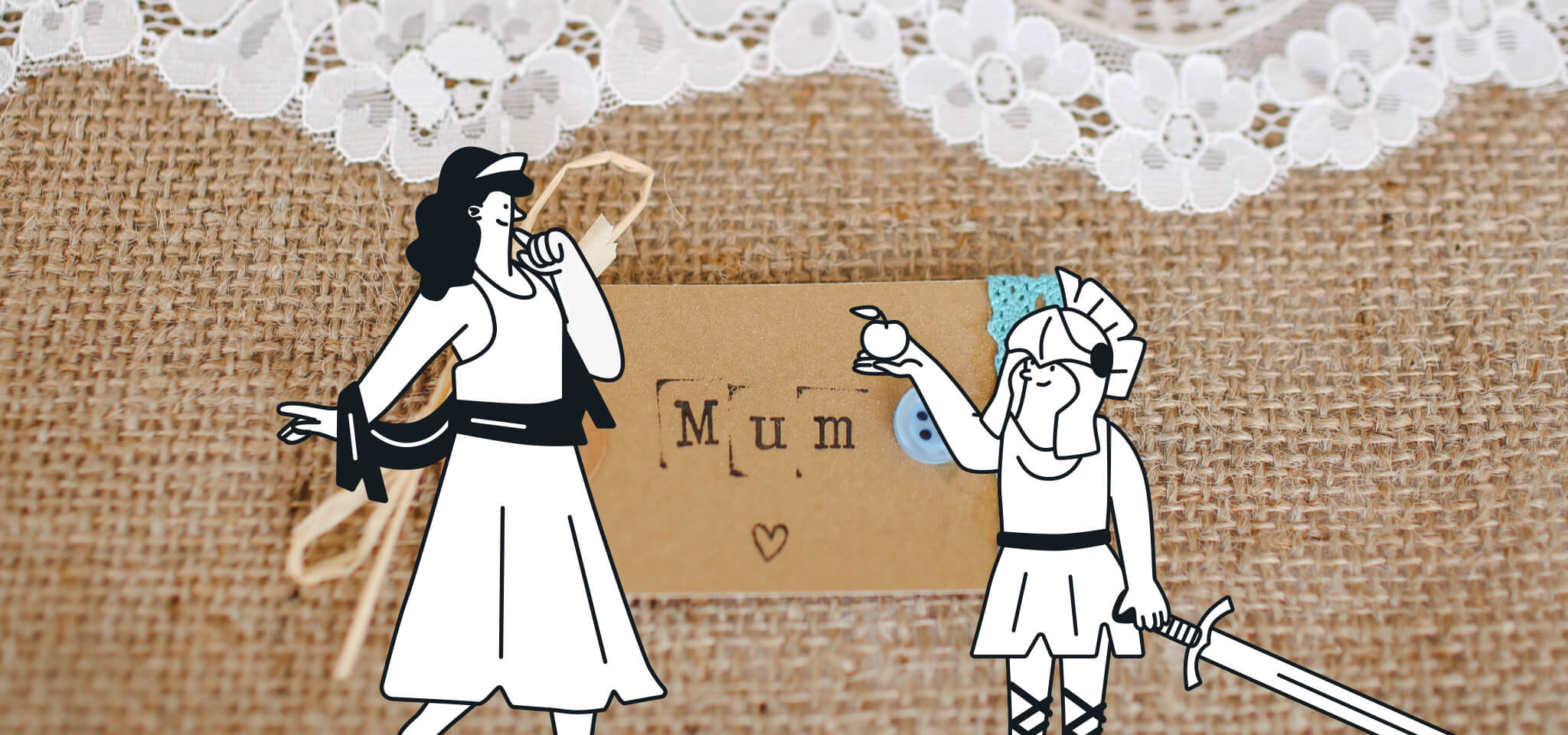Home
The Mailjet Blog
Email best practices
7 ways to use email marketing storytelling in your campaigns
Email best practices
7 ways to use storytelling in email marketing campaigns
Telling stories is a great way to make an emotional connection with your audience. Here are some tried and true ways plus several examples of email marketing storytelling.
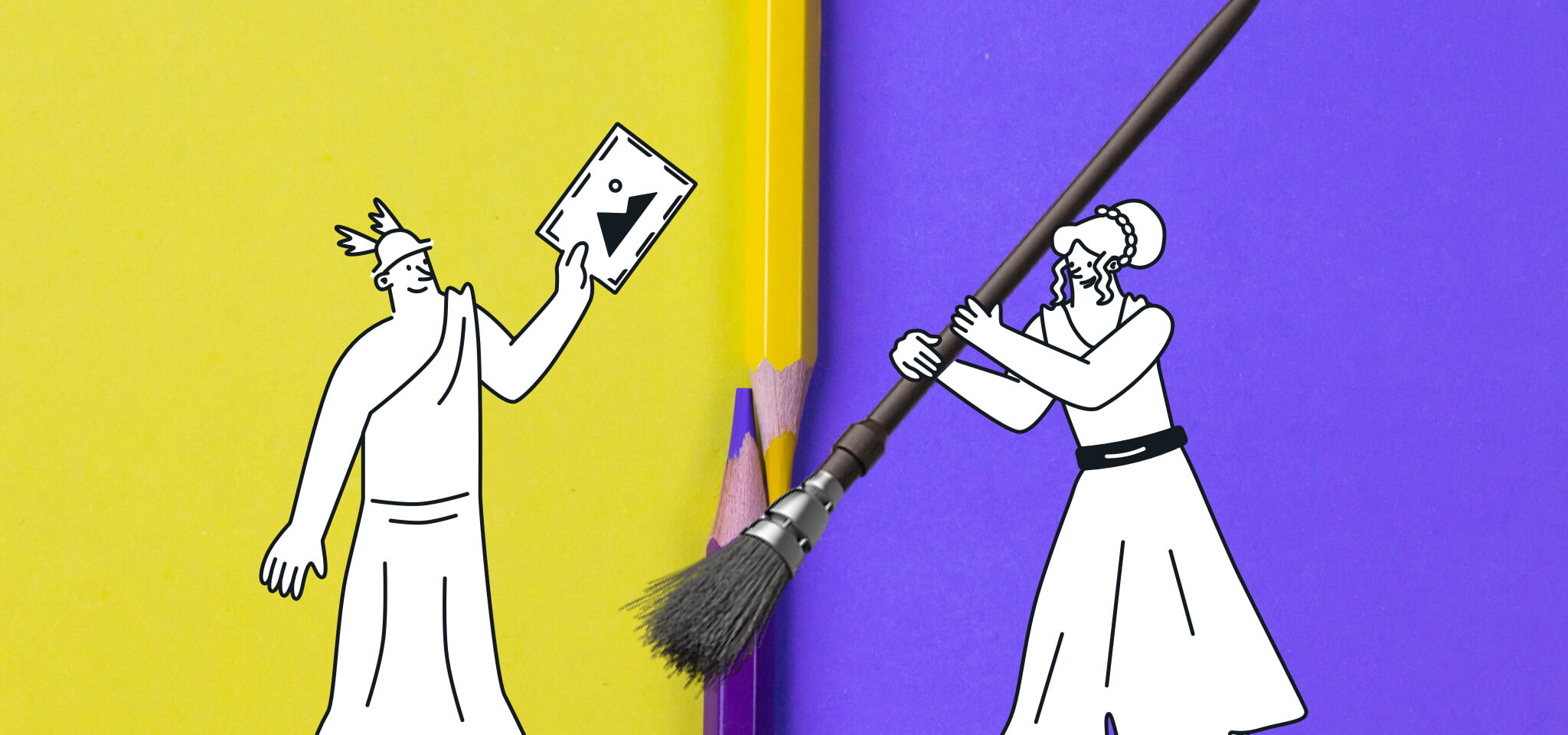
PUBLISHED ON
Stories assist us in figuring out our surroundings. At an early age, we grasp moral and social rules in fables, pick up scientific principles through analogies, and these stories help us connect and empathize with others.
The same principles are at work in marketing. When done well, storytelling in marketing creates a relationship with your audience for the long term, conveying brand values, personality and a relatable space for your audience to emotionally connect.
In a digital marketing campaign, storytelling replaces typical offers and traditional calls-to-action (CTAs) with a good story. You can format a story as a single tale contained in one message or slowly release it, piece by piece, in a drip campaign.
Telling stories isn't a new way of connecting with customers. Research shows that it can increase a product's value by as much as 20 times. And with an excellent return on investment (ROI), email marketing storytelling offers an excellent avenue to connect with your audience.
Table of contents
Different emails you can use to tell your story
1. Be relatable
2. Start at the beginning
3. Keep it real
4. Make your customers’ stories yours
5. Allow readers to interact
6. Use behind the scenes stories
7. Share interview stories
1. They can engage
2. They can remember you
3. They can trust you
4. They can understand you better
Email marketing storytelling: What will your story be?
Brand storytelling is essentially story-selling. To stand out from the competition, you have to show your personality and win consumers over with your character.
When deciding how to tell your story, consider your angle. Are you disruptive and innovative? A healthier or less expensive alternative to another product? An eccentric, playful brand?
Different emails you can use to tell your story
Welcome emails: Your first email is your first impression and a great way to make it rise above the rest, pique your audience’s curiosity, and convince them to engage with your brand. Well-done welcome stories allow you to introduce your company and show what it's all about. Use your brand’s font aesthetic to set it apart from others.
Promotional emails: These messages allow you to tout your brand's products and services in the form of a story. The story can stir emotions in your audience and move them toward becoming a proponent of your company. If you’re selling a product, you could share how that product helped you and what benefits you’ve noticed, kind of like a self-review.
Lead nurturing emails: Sometimes, leads may be reluctant to become customers. But storytelling can build a rapport and demonstrate how your readers could benefit from your brand. Send out the occasional customer success stories – when leads read about compelling results, they may believe your sales pitch more.
Milestone emails: You can use milestone emails in one of two ways: to share an achievement for your brand or to bring attention to one accomplished by your customer. For example, if your company sells a certain number of products, that demonstrates their excellent function and usefulness. Or, if your customer reaches a turning point in their engagement with your brand, you can use stories to commemorate the occasion.
7 ways to use email marketing storytelling
Let's dive into seven ways to use storytelling in marketing emails. Each method offers distinct advantages, but they share a common denominator: they'll drive a customer's emotional connection to your brand and help land new subscribers.
We'll provide plenty of real-world examples to illustrate further how storytelling works and why it’s such an effective marketing tool.
1. Be relatable
Jack Daniel’s knows how to tell a story. Their distinct angle shows they’re a timeless classic and will always be relevant and funny.
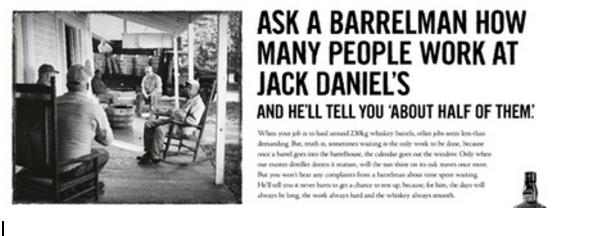
In each ad, they celebrate their history and embrace their traditions. Even with a historical theme, their stories are always relatable. They often mention their employees, show a human side to the brand, and use a shared sense of humor to connect with their audience.
2. Start at the beginning
Every story should have a good introduction and use a welcome drip series that sets the scene nicely. Include a short video introducing your mission and show your audience what you have to offer.
In this example from TOMS, readers can customize their relationship with the brand, choosing which stories they'd like to hear from the get-go. The brand also describes itself as a “movement” and a “family” – they're not just a faceless corporation. Their story is one of a community with a strong mission.
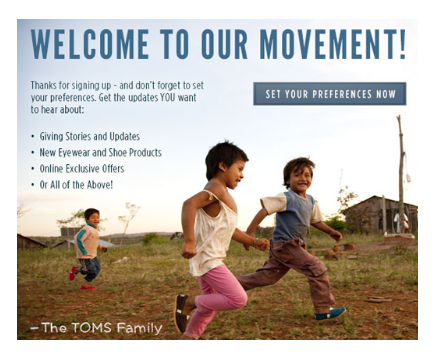
3. Keep it real
If you’ve ever watched the reality show The Circle, you know how people immediately focus on catching the catfish. Even though it’s not the goal of the game, people can’t stand falseness! You should follow the same principle as a brand.
This doesn’t only relate to the content you share, but also to the images you build around your brand. They should be authentic and unique to your brand. That’s why you shouldn’t use stock images to establish trust with your subscribers but real and professional photos. In testimonial campaigns, use a photo of a customer (with their consent) who’s genuinely happy with your product and support.
Take a look at Uber’s campaign. The company uses a real story of how one of its drivers saved the lives of four people to build their own. They use the emotional appeal by putting the spotlight on their driver’s heroism rather than on the company. They also encourage customers to rate their drivers as a sign of recognition. Five stars won’t cut it if the driver saved your life, but it’s certainly a start.
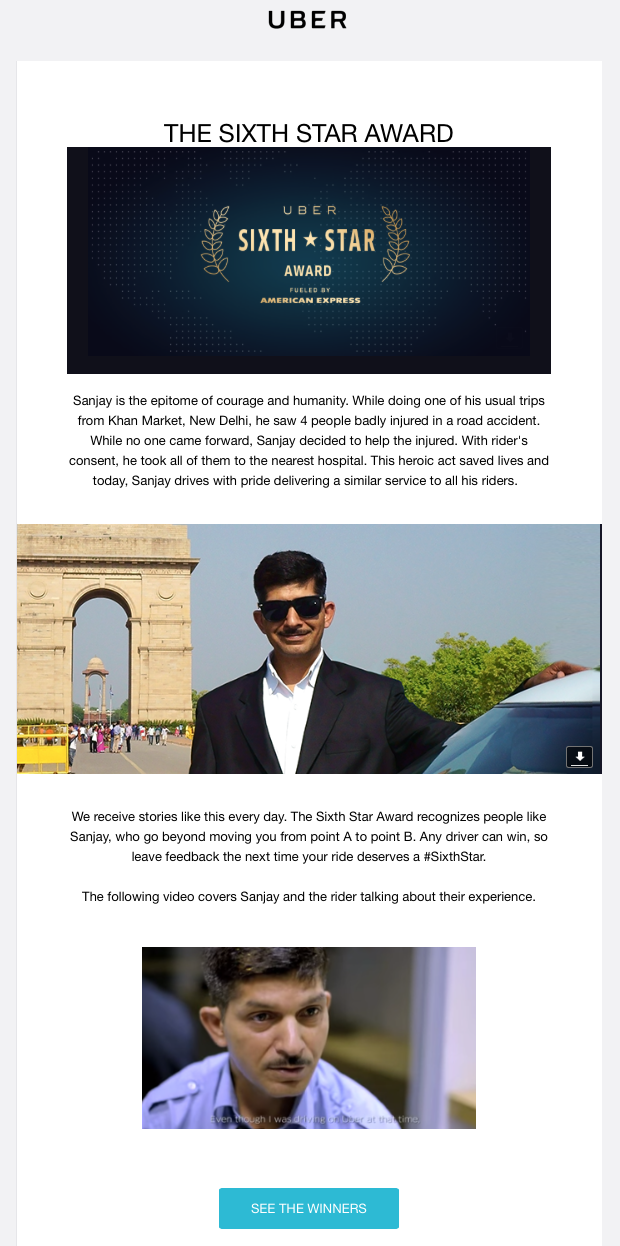
4. Make your customers’ stories yours
Every tale needs a hero, and your customer will be yours. In the example below, the B2B email brand Sinch Mailgun, centers their storytelling around their customer SparkToro. Unlike a lot of branded content, Sinch Mailgun stays away from heavy editing or typical marketing lingo, and instead focuses on authentic storytelling.
The video created a lot of buzz on social media, largely because people could relate to the story.
5. Allow readers to interact
Interactive storytelling stimulates the reader's curiosity and lets them choose their destination, depending on the options they select. Interactive stories consider the recipient's particular interests and grab their attention as they map a path toward the ending.
Instead of an email greeting the recipient with plain facts and figures, interactive storytelling invites them to participate and have fun while learning more.
Starting with a CTA in the message body, you can lead users down the route of their choice to different web pages that cater to their needs.
6. Use behind the scenes stories
A behind-the-scenes story lets your target audience see what goes on inside your company or how you manufacture products. That can show the human side of your brand and demonstrate the quality of your goods, leading to an increased feeling of trustworthiness.
While a recipient may already know a little about your brand, stories can teach them even more and form a bond that fosters a lasting relationship.
7. Share interview stories
Sharing interviews with your brand's people – like the CEO or team members – adds a personal touch and better communicates your company's personality. Interview stories also provide an excellent alternative to more traditional marketing emails.
They also let readers meet the people who make things happen at your company. When a customer sees the faces behind your brand, it brings your company to life instead of simply being a seller of goods and services.
How can customers benefit from storytelling in email marketing?
1. They can engage
With so many new product ads sent daily, an inbox is a busy place, and capturing a recipient's attention can be challenging. That sheer volume can cause consumers to ignore ads when they reach their inbox.
But a great story through content marketing offers a compelling avenue to grasp readers' attention and connect with their feelings. And because of that connection, your audience will more likely engage with your brand and purchase your products.
2. They can remember you
Research shows that people are 22 times more likely to remember something when delivered in story format. That's because stories create memories and, along with them, information about your brand.
Instead of listing facts and figures in a marketing email newsletter, writing a story that includes that information not only entertains someone but also demonstrates your brand's actual benefits.
3. They can trust you
Stories show the human side of your company, tugging at the reader's emotions, and can lead to an increase in trust. Rather than appearing as though you want their money, or they need to buy your products, stories speak to your audience like a friend who wants to help.
Someone may be on the fence about using your products or services, but when they trust you, that can be the difference in them becoming a new customer.
4. They can understand you better
More than the products or services your company offers, conveying your brand's purpose and values helps consumers better understand you. Maybe your company works in a highly competitive market where its identity and personality can be the difference in attracting and retaining customers.
Stories give you the chance to tell your audience what your brand is about, create an emotional rapport, and help them understand why it's the better choice.
Go beyond with email marketing storytelling
Once upon a time, stories were just passed on by word-of-mouth. There are so many ways to tell and spread your story, and email is one of them.
It may seem like you need specialized technical skills to use stories in your email marketing strategy. But when you have multiple duties every day, learning new computer software probably doesn't fit into your schedule. Thankfully, Sinch Mailjet has several intuitive ways to include stories in your emails.
Tell stories through video. Video can combine movement, human faces, and music – all powerful ways to capture the user's attention. It also has more potential to go viral on social media than links and text combined. Embedding a video doesn't have to be tricky either.
Spread your story with social (media and proof). Extend your brand's reach by integrating email, social media, and referral campaigns. This will increase the number of prospects and customers who read your story and help your company develop a cohesive and powerful image that will make your brand stickier.
Now that you're all set, it's time to convert customers with your brand story via email. Don't forget to try different versions of your messages with A/B Testing and segmenting your contact lists to tell the right story to the right people. Get your recipients hooked on your story, that they'll be invested in your brand’s updates forever, and you'll live happily ever after.
***
This is an updated post of the blog post “5 goals that’ll drive your email campaign through the roof” that was written by Mylène Blin and published in 2016 on the Sinch Mailjet blog.





